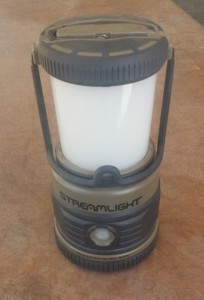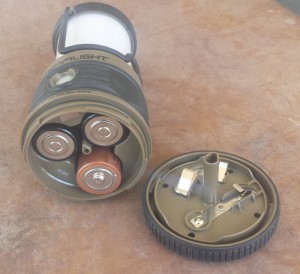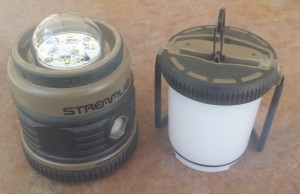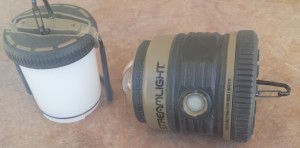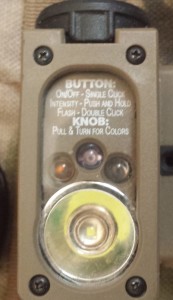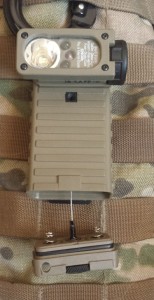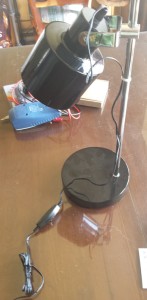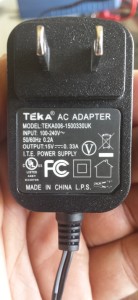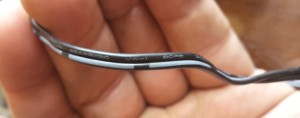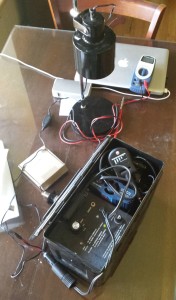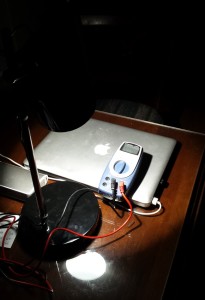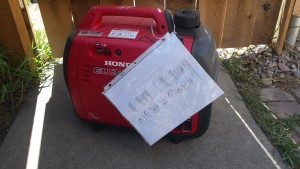A number of years ago I was in REI and, as I was waiting in line for the checkout, there was a bin of closeout merchandise. On a whim I picked up a small LED flashlight and have been mightily impressed with it ever since.
The flashlight, a Fenix E11, has been supplanted by the newer E12 model which features a tap switch on the tailcap to adjust brightness levels. In pretty much all other regards, its the same as the E11.
When I got started in survivalism, the go-to flashlight was the MagLite. Big, beefy, and built for cracking skulls it was pretty much everyone’s first choice. Time goes by and with the development of LED technology we now have pocket flashlights that put out more light using AA batteries than the old-style MagLites ever did with D batteries.
When you really go all in and decide to get some top of the line photon blasters you often wind up at SureFire (or, to a lesser degree, Streamlight). SureFire is great stuff and I have a bunch of their weaponlights….but they are spendy. On the other hand, if you want to go all ‘poverty prepper’ and grab a fistful of $1 LED flashlights from a plastic fishbowl in the checkout line at WalMart….well, thats great for looking for the keys you dropped behind your desk but durability might be an issue.
SO…middle of the road – durable and efficient enough to withstand use and abuse, cheap enough that if you lose it you’re not heartbroken, but not so cheap that when you need it there’s a 50/50 shot it won’t work. As I discovered, this little light fits the bill perfectly.
How much do I like and recommend? Well, putting my money where my mouth is:
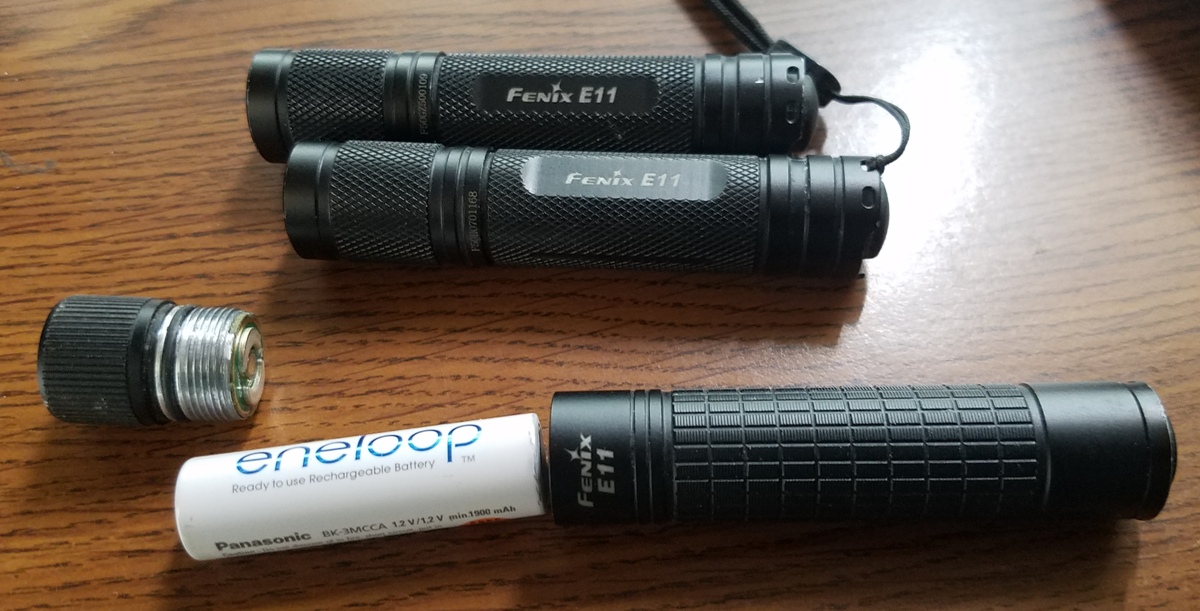 I keep several of these things because theyre so dang handy. Let’s hit the high points:
I keep several of these things because theyre so dang handy. Let’s hit the high points:
Battery compatibility – my battery logistics call for only three batteries: AA, D, and CR123. This light takes one AA battery, making it compact and efficient. I’ve taken to using rechargeable Eneloops for devices I foresee changing batteries in regularly. I do this for economics…I’ll use the rechargeables and save the stored lithium AA’s for when it really counts. Battery life seems pretty good. I change the battery out every month just to keep things at maximum efficiency.
Output – Advertised is about 115 lumens. For indoor use I find it to be amazingly bright. Outdoors its pretty good for the immediate area but it’s not a long-distance light…thats where the LED 3D MagLite comes in handy. The older E11 has two brightness settings, toggled by twisting the head of the light. The lower setting is perfect for close-in work like reading notes, ro doing work with your hands as you hold the light in your mouth. The E12 uses a tap switch on the tailcap to go through a couple different brightness settings.
Size – Perfect size for keeping in your pants pocket. I carry one around as my ‘everyday carry’ pocket junk and do not find it to be the least bit obtrusive. (But I do find it amazingly handy.)
Survivability – It’s gone through the washing machine, been dropped on concrete, sat on, rolled off tables, and has not flickered once. Theres a small attachment point for a lanyard and I highly recommend using a lanyard to keep the light attached to your gear in such a way as to allow you to find it in a hurry. I keep one in my pack with the lanyard attached to a little plastic carabiner so I can find it in total darkness.
If I had the money, I’d have a pocketful of SureFire but, in practice, I really haven’t felt ‘undergunned’ with this thing as far as pocket lights go. I would definitely take it over the AA MiniMag light or some discount bin special. For the particular niche that I bought these for (compact, pocket-size, affordable, personal light that I can carry everyday) they are darn near perfect. Highly recommended.

